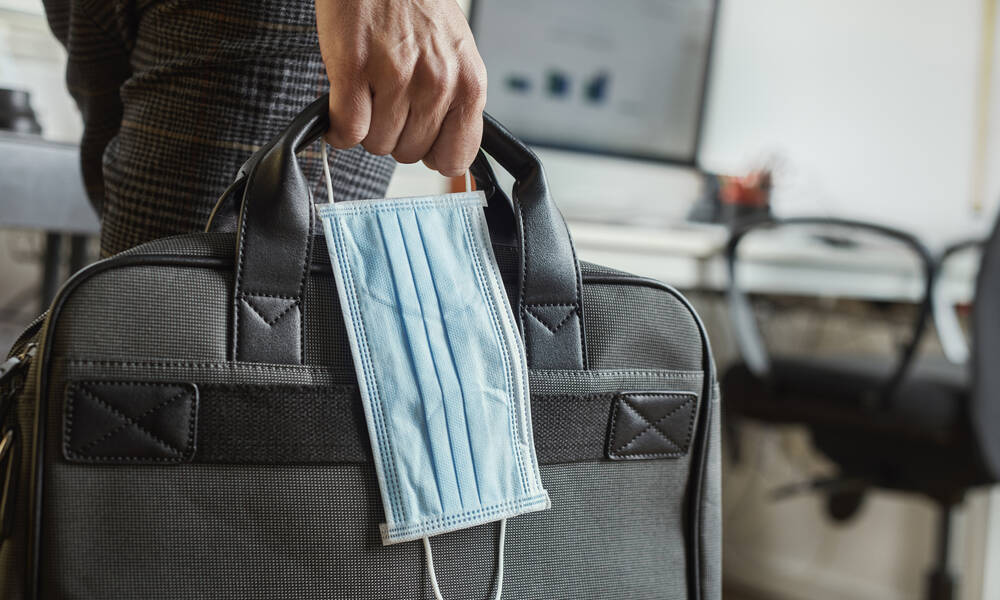
Associations Offer Guidance on Going Back to the Office
With many states beginning to relax COVID-19 restrictions, employers in a variety of disciplines, including associations, are looking for the best advice to reopen their workplaces. Two new guides offer specific advice to help people work safely during a pandemic.
Across a wide range of industries, everyone is asking the same question: How does my organization get back to work safely? New guides from the American Industrial Hygiene Association (AIHA) and the American Institute of Architects (AIA) offer some help.
AIHA’s Back to Work Safely website features eight guides focused on specific environments—including construction, hair and nail salons, and general office settings—that provide detailed guidance on how to get back to work. The goal was to provide free industry-specific advice to organizations that can’t afford to hire a specialist but need to reopen safely.
“Many of us work for or advise major industries,” said Hamid Arabzadeh, FAIHA, CSP, CHMM, a certified industrial hygienist and AIHA fellow. “There are businesses that don’t have the size or resources to hire folks like us. Hospitals have the resources for guidance, but small dental clinics have limited resources.”
Similarly, the AIA released a re-occupancy assessment tool that details strategies for offices, K-12 schools, retail, apartments, and senior facilities. “Architects are needed in this crisis to help safely transition our communities back to offices, schools, and the many other places that are important in shaping our daily lives,” AIA 2020 President Jane Frederick, FAIA, said in a press release.
Planning, Training Key
Before returning to work, organizations should craft a plan. Plans will vary depending on the environment. For example, in a warehouse, employers would consider worker flow in concert with the machinery—such as forklifts—used to do the jobs. In an office environment, employers need to look at communal areas where people congregate.
Arabzadeh recalled working with a large organization that needed to reconfigure its lunchroom. “We said, let’s space the tables further apart and have only two people at each corner,” he said. “And let’s stagger the break times, so if 100 people were going, they don’t all go at the same time.”
After an extended absence from the workplace, employers should expect that employees will want to socialize when they return, and some office “pinchpoints,” like water coolers and coffee stations, may need to be modified or removed. “People have this pent-up level of energy and they want to see each other,” Arabzadeh said. “As much as you miss each other, we need to avoid the water cooler. Cafeteria trips have to be measured.”
That desire to congregate as usual is something that organizations will need to work with staff on, to ensure they have proper training about what the new guidelines are for safety.
“We have to change our behavior, which can be hard,” Arabzadeh said. “All staff need some basic training. In training, it’s important to reinforce the positive. There are good aspects to the new normal. Washing your hands more often is not bad.”
(nito100/iStock/Getty Images Plus)






Comments